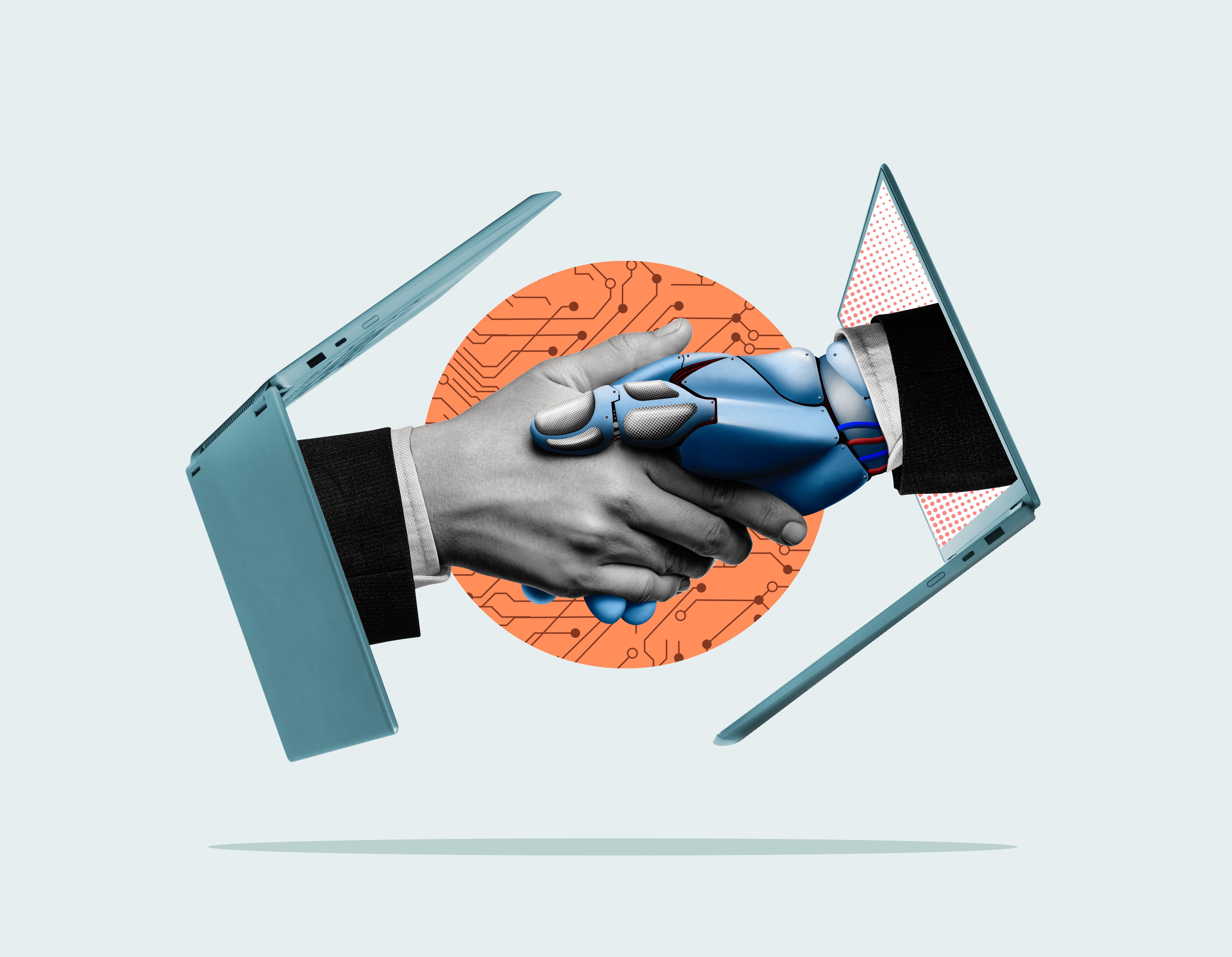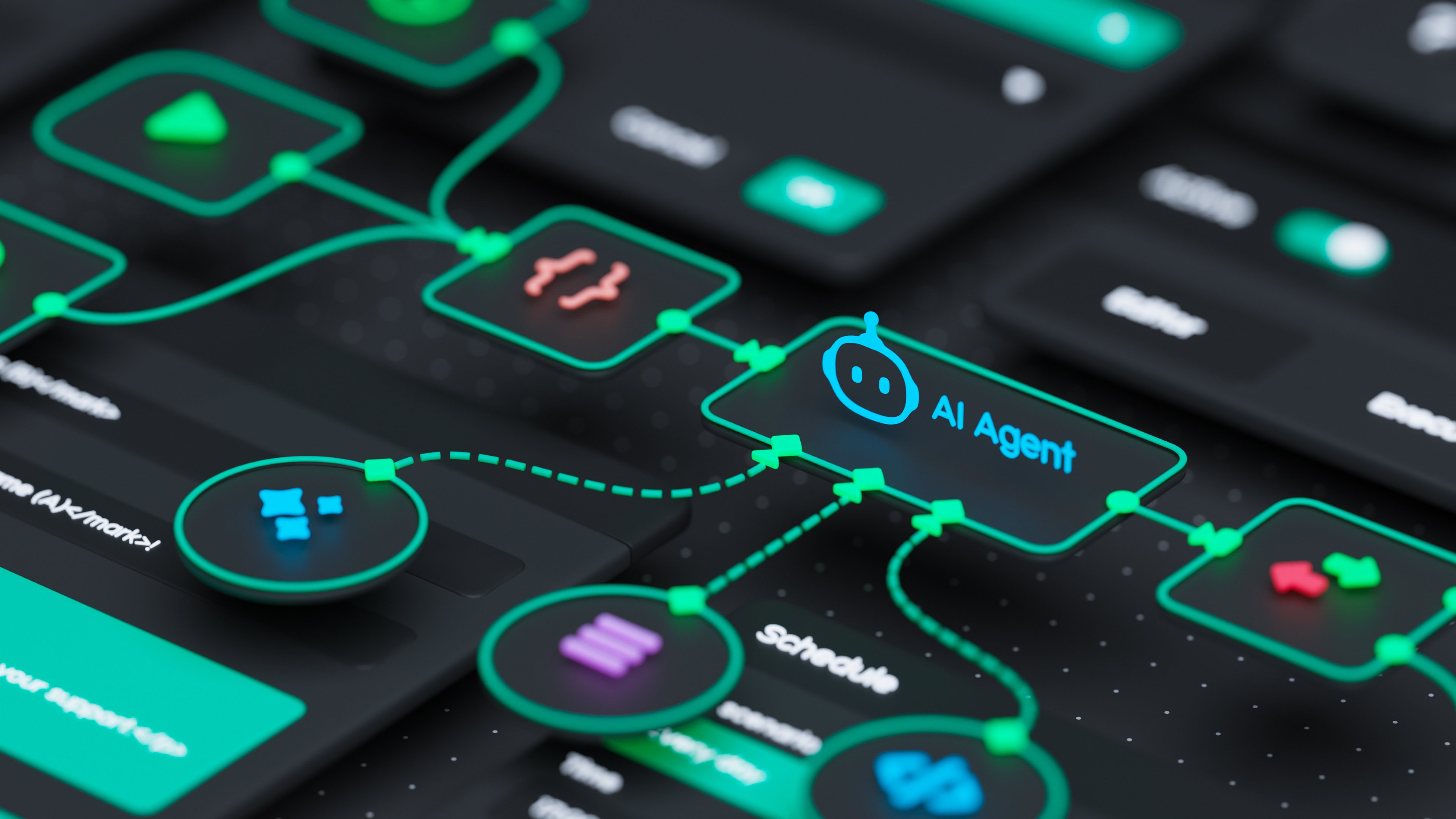
Practical AI as Your Growth Partner
 Chip LaFleur
·
3 minute read
Chip LaFleur
·
3 minute read
In this series, we've argued that growth doesn't start with campaigns, it starts with solving problems. We shared how our internal SOP experiment evolved into the concept of content brains, and how that approach unlocked hidden value for an attorney handling traumatic brain injury (TBI) cases.
This final article looks ahead to see how practical AI, applied thoughtfully, can become a true growth partner for any organization.
The AI Hype vs. The AI Reality
It's impossible to ignore the hype around AI. Every week brings a new headline about breakthroughs, disruptions, and billion-dollar valuations. Many leaders feel pressure to "do something with AI" just to stay current.
The result is often shallow experiments:
- A chatbot bolted onto a website.
- A brainstorming session with a large language model.
- A novelty demo that never makes it past pilot stage.
These efforts generate excitement but rarely deliver durable impact. Why? Because they start with the technology, not the problem.
The reality is simpler and more powerful: AI creates value when it solves real problems reliably, affordably, and in ways that integrate with how people already work.
Principles of Practical AI for Growth
At LaFleur, our approach to AI is grounded in four principles:
Start With Problems, Not Tech
The right question isn't "How can we use AI?" It's "What's holding back growth?" If the problem is slow intake, poor knowledge access, or inconsistent processes, AI may be the right tool. But the starting point should always be the problem.
Keep It Affordable
AI doesn't have to be a moonshot. The SOP store and TBI content brain weren't multimillion-dollar initiatives. They were targeted, affordable solutions built with existing tools over the course of two weeks. The key is focus: solve a real pain point, then expand.
Integrate With Existing Workflows
A solution is only valuable if people use it. That's why we build AI into the systems professionals already rely on. Adoption should feel natural, not forced.
Govern and Curate Continuously
AI isn't set-and-forget. Content brains need ongoing curation: adding new documents, removing outdated ones, and ensuring accuracy. This human layer of oversight is what makes AI trustworthy and useful.
Examples Beyond Law
The TBI content brain shows what's possible in one domain. But the same model applies across industries:
- Manufacturing: SOPs, compliance documents, and maintenance guides stored as a searchable knowledge base. Operators ask questions and get precise answers.
- Healthcare: Clinical guidelines ingested into a content brain, enabling providers to access the latest protocols quickly.
- Insurance: Policy documents and regulations turned into a retrieval system. Adjusters get the exact policy language they need instantly.
- HR: Employee handbooks and policies stored in a dynamic knowledge base. Managers get approved answers immediately.
- Nonprofits: Volunteer training materials and community guidelines made searchable, ensuring consistency across a distributed workforce.
In every case, the pattern is the same: professionals already curate large document libraries. AI makes those libraries usable in ways that drive growth.
Human + AI: The Growth Partnership
One of the biggest misconceptions about AI is that it will replace professionals. The reality is more nuanced: AI augments, humans decide.
AI can retrieve, summarize, and synthesize information at scale. Humans curate, interpret, and apply that information with judgment and strategy.
The professionals who embrace this partnership gain leverage. They move faster, see deeper, and deliver more value without sacrificing trust.
This is why we emphasize ongoing curation. Adding new documents and removing outdated ones isn't just maintenance. It's the act of shaping a knowledge system to reflect professional judgment. That's something AI can't do, and it's what makes the difference between a tool and a growth engine.

The LaFleur Approach to Growth
As a marketing company, it might seem unusual for us to build AI document systems. But when you understand our role as a growth partner, it makes perfect sense.
Most of the time, growth problems are marketing problems. Not enough leads, low conversion rates, lack of advocacy. We solve those with campaigns, content, and strategy.
Sometimes, growth problems are deeper, such as operational inefficiencies, underutilized knowledge, and inconsistent processes. We solve those with tools like content brains.
In both cases, the goal is the same: unlock growth by solving the problems that hold clients back.
That's why we don't draw hard lines between marketing and operations. Growth is holistic. And the partnerships we value most are the ones where we can bring curiosity, creativity, and technical capacity to bear on the full spectrum of challenges.
The Road Ahead
We're still early in exploring the potential of content brains and practical AI. But the direction is clear.
Just as the internet and cloud computing became foundational, AI-powered knowledge systems will become standard infrastructure for organizations.
Every organization has hidden knowledge. The question is whether you can unlock it before your competitors do.
Growth partners will lead. Vendors deliver tactics. Partners solve problems. The organizations that thrive will be those that approach AI not as a novelty, but as a tool for long-term growth.
Closing: Growth You Can Rely On
AI is everywhere right now. But most of what you see is either hype or novelty. The real opportunity is practical, affordable, reliable AI that solves real problems.
That's the future of growth, and it's happening now.
At LaFleur, we're excited to be building that future with our clients: helping them unlock hidden revenue, maximize value, and grow not just bigger, but better.
Because growth doesn't come from campaigns alone. It comes from solving problems. And with the right partnership, every problem is an opportunity. How may we help you grow?


